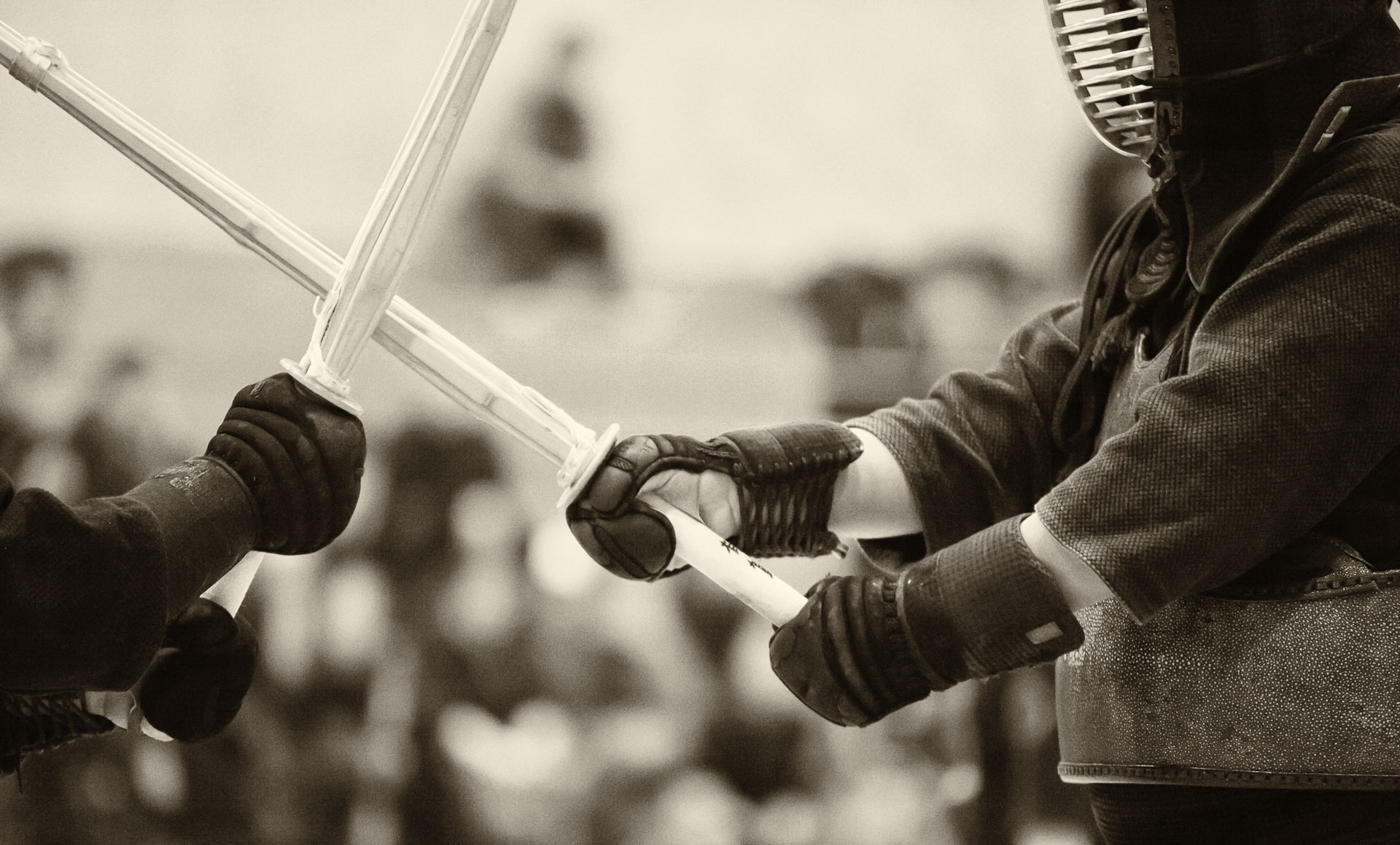
Here are the camera apps I currently have on my iPhone 5, which has been my pocket camera for the last couple of years. While I would not want to shoot a serious project with it, it is invaluable for capturing fleeting family moments and quickly sharing them with friends on social media. There is a great number of third -party camera apps for the iPhone, but to me personally, the deciding factors for choosing a particular one to use are
- easy access to my most used features, and
- intuitive interface (because I want to use the phone camera to capture the moments, not fumble through menus and settings).
For those reasons, I have these thee apps on my front screen.
Camera (native iOS app)
The native iOS app for controlling the camera (intuitively called “Camera”) has been greatly improved in iOS 8.x. I particularly like the integration of the image editing tools, which makes basic, high-impact adjustments, such as cropping, easy and intuitive.
In terms of managing of the photos, everything captured by Camera automatically goes to the Photo Stream in the iCloud, which I look through every month or so and pull the best shots in to my Lightroom library, which serves as the reference for my archives.
Camera+ ($1.99)
This is my go-to app, primarily because of its ability to set the focus and exposure points separately by dragging their icons on the screen. There is also an on-screen exposure compensation slider that lets you adjust the overall exposure. However, this is just a software feature, rather than an aperture/shutter speed/ISO adjustment found on a DSLR camera . Thus, I prefer to leave the exposure correction to the post-processing step in order to keep things simple and quick during shooting.
. Thus, I prefer to leave the exposure correction to the post-processing step in order to keep things simple and quick during shooting.
ProCamera ($4.99)
This app also has the separate exposure and focus settings, which is the must for my style of shooting. In addition, it has an ISO Boost mode, which raises the maximum ISO from 800 to 3200, allowing faster shutter speeds. Also, if the lash of the phone is set to torch mode, the intensity of the light can be adjusted. Note that the torch mode is a huge drain on the iPhone’s battery. In addition, there is a Night Camera mode, which allows exposures as slow as 1 sec. One really needs a tripod for this kind of shooting, which kind of defeats the purpose of a super-compact, pocket camera. In ProCamera, you can specify the level of JPEG compression (or save the photos in TIFF format), and the volume buttons of the phone can be used to trigger the shutter.
I am looking forward to receiving my new iPhone 6 Plus, with its new and improved camera hardware. My goal is to take iPhone photography a bit more seriously and, through practice, determine a set of conditions/situations where the phone camera can reliably produce good results. I have a sense that I will be using more and more of the post-processing features of the phone. Normally, I avoid heavy processing of my photos, but for the iPhone shots, the artistic filters are half of the fun. The image quality of the original photo is often not particularly high, compared to that taken with a full-frame pro DSLR, which often releases my creativity.
Generally, looking at and reading about the work of others has been invaluable for developing my own skills. Recently, there emerged a vast body of resources on iPhone photography, such as this book that brings together variety of styles, subjects and software tools use by some of the best artists in this field.
that brings together variety of styles, subjects and software tools use by some of the best artists in this field.



– a retouching software that can be called as an add-on from Photoshop
. I found that the default settings for a “girl under 12 years old” result in too much processing for my taste. Through some trial and error, I found that these global tweaks give more reasonable results:
algorithms for enhancing the shape of the face detract from these features.
filter, which appear on a separate layer, I make a stamp visible layer underneath it (create new layer, then press Shift-Option-Command-E). This way, if at a later point I decide that the retouching effects are too strong, I can reduce the opacity of the layer containing them to tone them down.


















